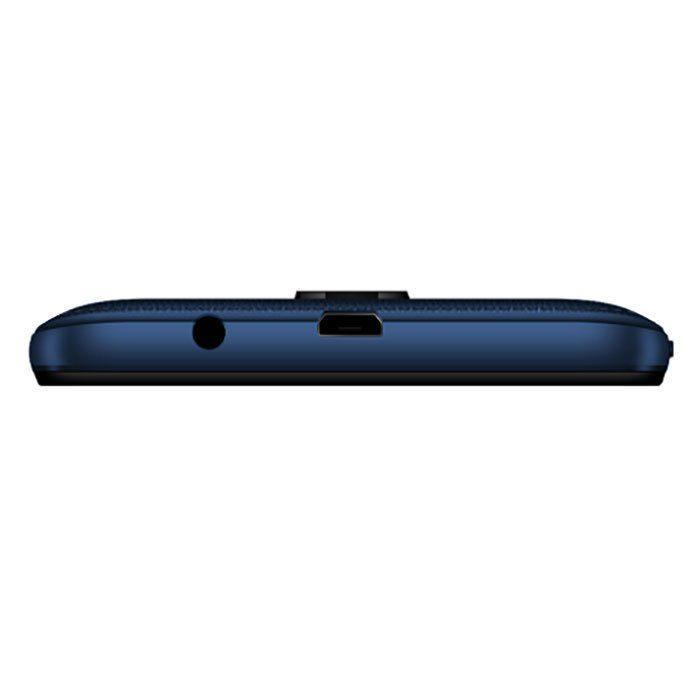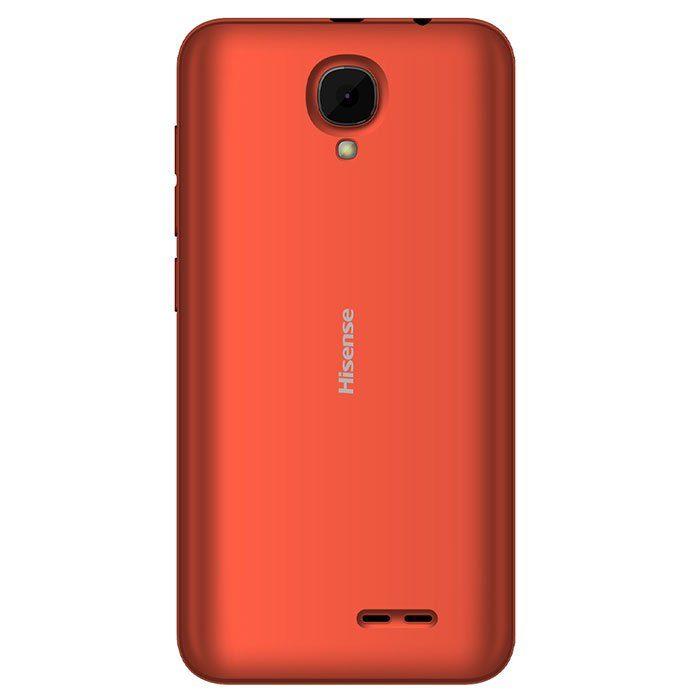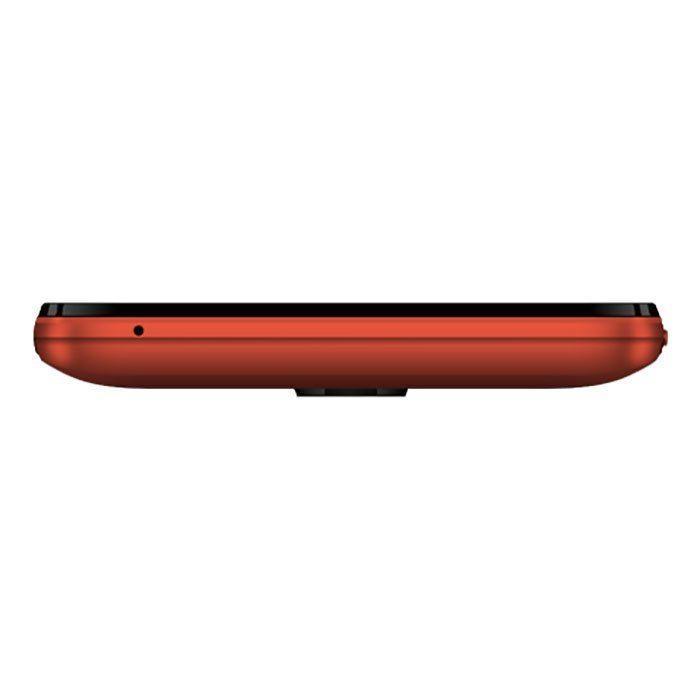What is a Firmware of Hisense U963 and how it is used in a simple way?
What is a firmware?
Firmware is a type of software that provides control, monitoring, and data manipulation of various electronic devices. It is a specialized type of software that is closely tied to the hardware of a device and is often stored in non-volatile memory, such as ROM (Read-Only Memory) or flash memory.
Firmware is distinct from software in that it is typically embedded directly into the hardware of a device and is responsible for controlling its basic functions. It serves as the bridge between the hardware and higher-level software applications, allowing the hardware to interact with the software and vice versa.
Firmware can be found in a wide range of devices, including smartphones, tablets, computers, routers, printers, and even household appliances like washing machines and refrigerators. It is often updated by manufacturers to fix bugs, add new features, improve performance, or enhance security. These updates are known as firmware updates.
Firmware can be classified into several types based on its function, purpose, and the devices it operates within. Here are some common types of firmware:
BIOS (Basic Input/Output System): BIOS firmware is used to initialize and control hardware components during the boot-up process of a computer. It provides basic functionality to enable the operating system to load and run.
UEFI (Unified Extensible Firmware Interface): UEFI is a more modern replacement for BIOS firmware. It provides enhanced features, such as support for larger storage devices, faster boot times, and improved security.
Bootloader: The bootloader firmware is responsible for loading the operating system into memory when a device is powered on. It typically performs hardware checks, initializes system components, and launches the operating system.
Device Firmware: This type of firmware controls the operation of specific hardware devices within a system, such as network interface cards, graphics cards, storage controllers, and peripherals like printers or scanners.
Embedded Firmware: Embedded firmware is found in various embedded systems, including IoT (Internet of Things) devices, consumer electronics, automotive systems, industrial machinery, and medical devices. It provides control and management of the device's functions and interfaces.
System Management Firmware: This firmware type manages system-level functions such as power management, thermal management, system monitoring, and remote management features.
Peripheral Firmware: Firmware for peripherals like keyboards, mice, monitors, and USB devices may also exist to manage their specific functionality and interactions with the host device.
Radio Firmware: Found in devices with wireless communication capabilities, such as Wi-Fi routers, smartphones, and IoT devices, radio firmware controls the operation of radio transceivers and communication protocols like Wi-Fi, Bluetooth, and cellular.
These are just a few examples, and there may be other specialized types of firmware depending on the specific requirements of different devices and systems.
WHAT IS A SPD FIRMWARE?
"SPD firmware" likely refers to Serial Presence Detect (SPD) firmware, which is a small program stored on a memory module (like RAM or EEPROM) that provides information about the module's capabilities to the system BIOS or operating system. Here's a bit more detail:
Serial Presence Detect (SPD): SPD is a standardized way for memory modules, such as DIMMs (Dual In-Line Memory Modules) or SODIMMs (Small Outline DIMMs), to communicate their specifications to the system they are installed in. This includes details such as memory size, speed, timings, voltage requirements, and manufacturer information.
Firmware: The SPD firmware is a small piece of software stored on an EEPROM (Electrically Erasable Programmable Read-Only Memory) chip on the memory module itself. This firmware contains the information about the memory module's characteristics in a standardized format that the system BIOS or operating system can read.
Usage: When a computer system boots up or when the operating system initializes, it reads the SPD data from each memory module installed in the system. This information is then used by the system to configure memory settings appropriately for optimal performance and compatibility.
Updates: While SPD firmware updates are relatively uncommon, they can occasionally be released by memory module manufacturers to address compatibility issues, improve performance, or add support for newer systems or features.
Overall, SPD firmware plays a crucial role in ensuring that memory modules are correctly identified and configured by computer systems, allowing for efficient and reliable operation.
- Hisense U963 Firmware (HLTE100E.18) Factory pac
- its is factory pac file it can be flash with any spd flash tool
- Display ID : Hisense_HLTE100E_18_S03_01_01_ZA01
Ver. Incmt : Hisense_HLTE100E_18_2108 - Product Brand : Hisense
Product Device : sp9832e_1h10_go
Product Model : Hisense U963
Product Name : sp9832e_1h10_go_project
Patch Level : QP1A.190711.020
Ver. Incmt : 37216
Ver. CodeName : REL
Ver. Release : 10
Sec. Patch : 2021-08-05
Build Time : 14.09.2021
Product Info : sp9832e_1h10_go
Product Board : sp9832e_1h10_32b
Board Platform : sp9832e
Product Device : HLTE100E_12
Product Manfct : Hisense
Product Name : HLTE100E_12








Post a Comment